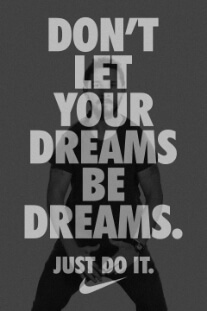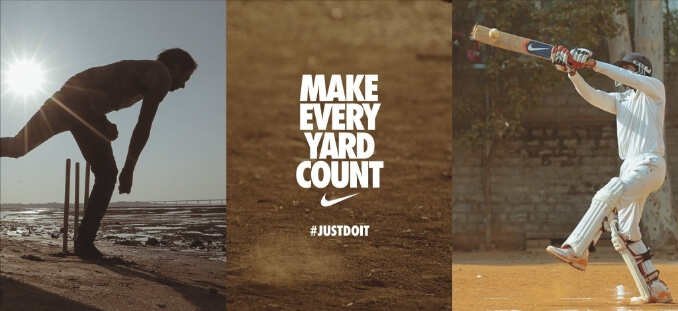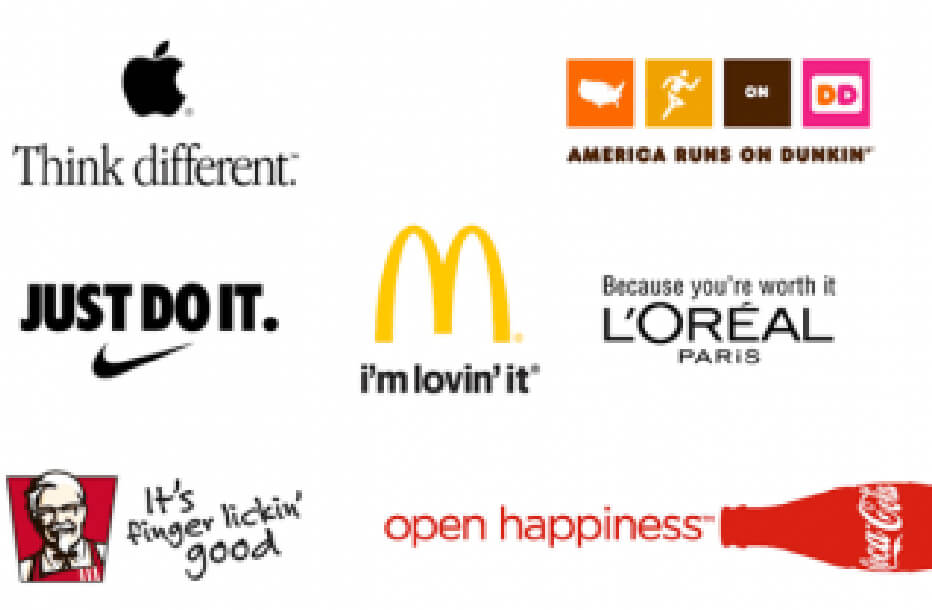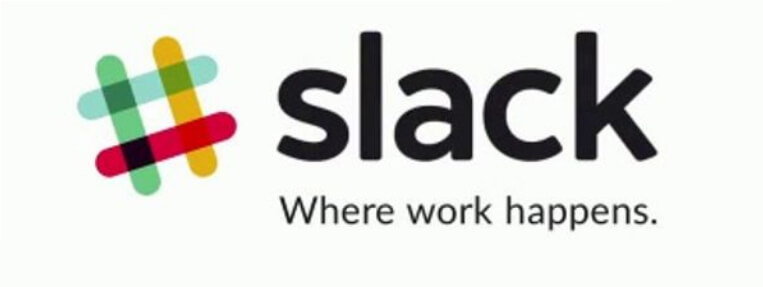You Need a Brand Tagline
Here's Why — When you hear ‘Just Do It,’ you don’t think that there’s something out there that you’re supposed to be doing. You think of Nike and its brand tagline.

4 min read
Created in 1987, this tagline remains part and parcel of Nike’s marketing campaigns and resonates beyond its advertising efforts. Indeed, it’s not just something customers remember, it’s something they choose to wear and identify with. This explains why the tagline frequently appears on the brand’s sports apparel, from bags to T-shirts or tracksuits.
This is one classic example of brand taglines done right. Why? Because the brand becomes less about the sports gear and more about its mission to inspire its customers worldwide. That’s why choosing this example as a primer for the brand tagline discussion is no coincidence.
Back in 1987, brand taglines were largely seen as irrelevant. But ‘Just Do It’ quickly gained traction in the athletic community as well as those without any sports-related interests. In this sense, it speaks volumes about the importance of brand taglines and why it makes business sense to employ one in your branding strategy. So let’s unpack everything about brand taglines and the steps that will help you write a stellar one.

Source: eviantart.com/angeloolson/ 
Source: pinterest.es
Brand Tagline 101
Taglines in general are short texts aimed at clarifying a thought or creating a dramatic effect. They can be associated with an individual, social group, or product. In marketing and advertising, taglines are catchphrases or a small group of words that should help customers identify a product or company.
Brand taglines complement the overall branding strategy. Along with the brand name, the tagline is an audible impression of a brand. However, its goal is to be easy to understand and remember in order to make a brand stick. As in, if customers do not remember the brand name, they might remember the tagline from an advertisement.
Slogans or Brand Taglines — What’s the Difference?
Both slogans and brand taglines identify a product or a company. However, these terms cannot be used interchangeably. Let’s see how they differ:
- A slogan is longer than a brand tagline and includes a company’s mission, what it stands for, and how it adds value to consumers.To see this in action, let’s contemplate M&M’s slogan “Melts in Your Mouth, Not in Your Hands.” This message ultimately underscores why M&M is different from any other chocolate brand out there by highlighting that it’s unlikely to melt in your hands.
- A brand tagline is a succinct and catchy phrase that conjures up your brand in the mind of your target audience. They usually accompany the brand logo in an advertisement, and they are more likely to raise brand awareness than slogans.If you’re struggling to come up with a slogan and brand tagline for your business, rest assured that you don’t need both. In fact, you could start with a catchy tagline and develop a slogan as soon as you expand to new products and a solid customer base. So if the brand tagline is your starting point, let’s explore what makes a brand tagline just right.

Source: planplusonline.com
Example: Here are some best brand taglines.
How to Make Your Brand Tagline Stick
A common misconception around brand taglines is that you need a stroke of genius to come up with a version that sticks. But the truth and the matter is, it all starts with numerous and embarrassing first drafts. And some hard data to back it up.
A joint study from Texas Tech University, California State University, and University of Georgia found that the likeability of a slogan or tagline does not depend on its recurrence in the media. It is directly linked to the clarity of the message, the precision of the benefits, and the use of rhymes and creativity.
So keeping these aspects in mind, here’s a 3-step strategy on how to write a brand tagline that sticks:
- Step 1: Draw Inspiration from Your Brand Identity
Remember the “Define Who You Are” exercise as part of your brand strategy efforts? You could repurpose it to get started on your brand tagline. To this end, write a paragraph about what you do and your brand identity. Don’t think, just write — or as Nike would have it “Just Do It.” - Step 2: Cut, Cut, Cut
From your one paragraph, make it one sentence. Two at most. But keep in mind that brevity is not everything. Short taglines are likely to be more catchy, but they could also end up being vague and generic. Don’t forget to include likeability and emotion in these two sentences. - Step 3: Cut Once More
Did we mention you should cut down your paragraph even more? Yes, even if you narrowed it down to 1-2 sentences, you must shorten it even further and settle for the group of words that are most likely to resonate with your audience. Admittedly, this is the hardest part of the process but you can take your time with it. Brainstorm ideas across the organization and explore different angles before you make your decision.If nothing sticks, maybe it’s a sign that you don’t have enough clarity on your brand identity and you should go back to the drawing board. Either way, it’s good to tackle these aspects extensively before you set your brand out into the world. You have less control over how it’s perceived once you bring your brand to market.

Source: ispot.tvs
Example: Slack has a generic, catchy and explain what they do.
Nothing Like a Good Brand Tagline
As we consider the importance of brand tagline, some themes emerge. For one thing, evidence shows that exposure is not everything when explaining the success of a brand tagline. This is a positive aspect, especially for small businesses that might not have the advertising budget of a brand like Nike.
Secondly, the brevity pitfall is a reality for big and small businesses alike. AT&T’s “Rethink possible” or Nissan North America’s “Shift” needed an overhaul along the way to adjust to new market realities or include more emotion. So even if the “Just Do It” or other short brand examples work, it is increasingly difficult for brands to carve their brand tagline using a short and succinct choice of words.
Example: Create your social media tagline post with Xara cloud to gain more engagement like this one!
That’s why new brands out there need to perform a balancing act between leveraging a memorable catchphrase and focusing on the brand identity and added value. And striking the right balance is important in an increasingly crowded market.
The Xara branding hub
Whether you want to grasp the basics of branding for your new business, want to work on your brand strategy, are stuck with your brand visuals or want to find branding tips on how to grow your business, check out:
- Foundations — Learn the basics of branding
- Strategy — Plan your brand strategy
- Build Story — Build a brand 1: Your brand story
- Build Visuals — Build a brand 2: Your brand visuals
- Management — Control your brand: Brand management
- Growth — Grow your brand: Brand marketing
- Improvement — Improve your brand: The rebrand
- Measurement — Measure your brand: Brand analytics and KPIs

